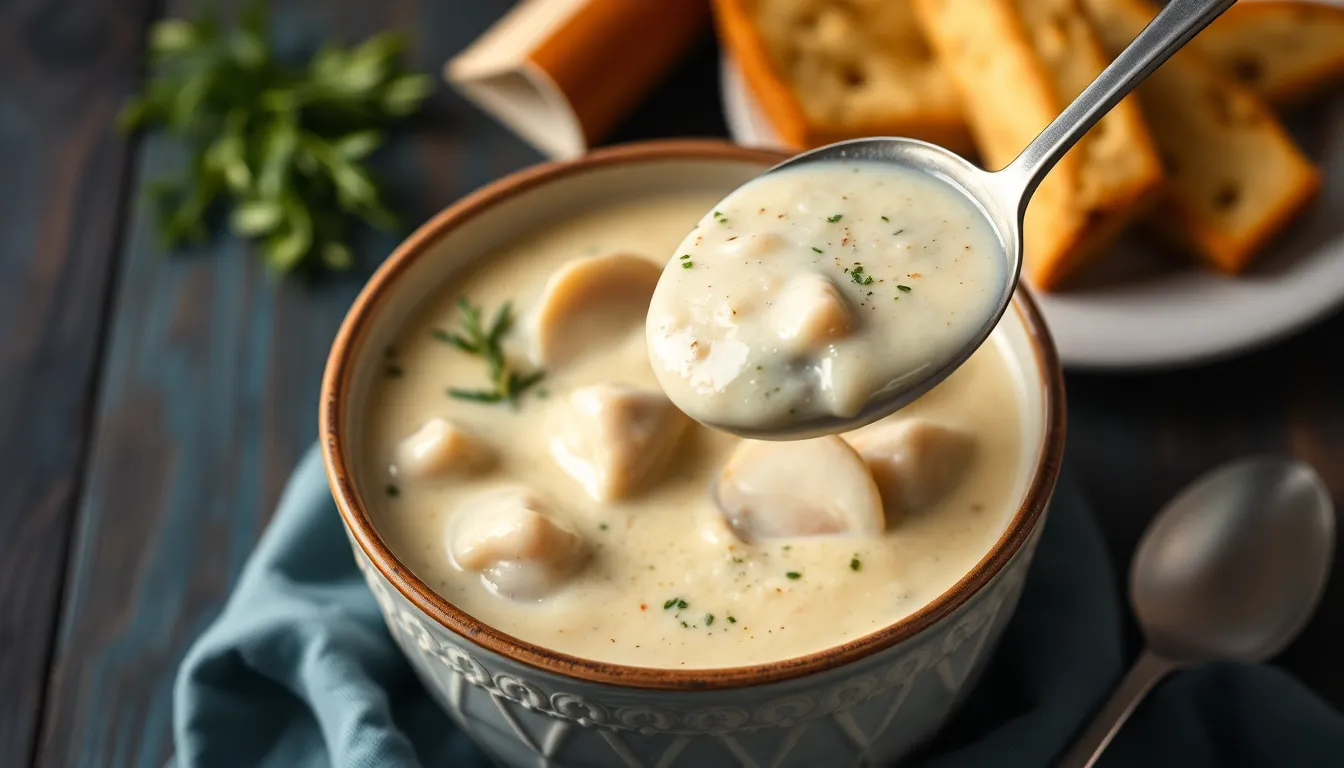A Slice of History: The Evolution of American Cuisine from Colonial Times to Today
Introduction: A Culinary Journey Through Time
American cuisine is a dynamic tapestry woven from the diverse culinary traditions of its inhabitants. The significance of American cuisine transcends mere sustenance; it tells the story of a nation shaped by the convergence of cultures, ingredients, and cooking methods. Understanding the historical context of our food allows us to appreciate not just what we eat but also why we eat it. This journey through time will explore the evolution of American cuisine, highlighting key influences and innovations along the way.
I. Colonial Beginnings: The Roots of American Cuisine
A. Ingredients and Influences from Native American Cultures
Long before European settlers arrived, Native American cultures had established a rich culinary heritage that utilized the bountiful resources of the land. Key ingredients included:
- Corn: A staple crop that was central to many Native American diets, used in various forms such as tortillas and polenta.
- Beans: Often planted alongside corn, beans enriched the soil with nitrogen and provided a complete protein when eaten with corn.
- Squash: This versatile vegetable was used both as food and for medicinal purposes.
- Wild Game: Hunting provided meat, while fishing provided crucial protein sources from rivers and lakes.
The cooking methods employed by Native Americans, such as roasting, smoking, and drying, laid the groundwork for many traditional American cooking techniques.
B. European Settlers and Their Culinary Contributions
As European settlers arrived, they brought with them a multitude of new ingredients and cooking styles that would profoundly impact American cuisine. Some key contributions included:
- Wheat: Introduced by the British, it became a staple for bread-making.
- Livestock: Pigs, cattle, and chickens were brought from Europe, diversifying protein sources.
- Dairy: The French influence introduced cheese-making and butter into daily diets.
- Herbs and Spices: European settlers brought along a variety of herbs which transformed local cooking.
The fusion of these European flavors with indigenous ingredients created a unique culinary landscape that would be the foundation of American cuisine.
II. The Melting Pot: The 19th Century and Immigration’s Impact
A. Culinary Diversity in the 1800s
The 19th century marked a significant era of immigration in the United States, bringing waves of newcomers who contributed to the nation’s culinary diversity. The introduction of new foods and cooking techniques resulted in a vibrant culinary scene. Key immigrant groups included:
- Italian: Pasta, pizza, and tomato-based dishes became staples.
- German: Sauerkraut, sausages, and a love for beer shaped American backyard grilling.
- Chinese: Stir-fry, rice, and dim sum introduced new cooking methods and flavors.
B. Regional Cuisines: A Tapestry of Flavors
As various immigrant groups settled in distinct regions, they localized their culinary practices, leading to the development of unique regional cuisines. Here are some noteworthy examples:
- Cajun: Originating from Louisiana, Cajun cooking is characterized by its use of spices, seafood, and hearty stews.
- Tex-Mex: A fusion of Texan and Mexican cuisines, known for its bold flavors and use of cheese and spices.
- New England: Seafood dishes, clam chowder, and baked beans are hallmarks of this region.
III. Industrialization and Convenience: The 20th Century Transformation
A. The Rise of Processed Foods and Fast Food Culture
The 20th century heralded a wave of industrialization that transformed American eating habits. World War II and the post-war economic boom shifted the culinary landscape dramatically:
- Canned Goods: Introduced as a means of preserving food, canned vegetables and meats became staples in American kitchens.
- Fast Food Culture: The emergence of fast-food chains revolutionized the speed and convenience of meals, leading to a new dining experience.
B. Home Cooking vs. Convenience: Shifting Family Dynamics
The mid-20th century saw family dynamics change significantly. With more women entering the workforce, convenience foods gained popularity:
- Frozen Meals: These provided quick meal solutions, freeing families from long cooking times.
- Microwave Ovens: Introduced into homes, they made preparing meals faster than ever.
IV. The Culinary Renaissance: Farm-to-Table Movement and Global Influences
A. Embracing Local and Sustainable Ingredients
The late 20th and early 21st centuries brought about a culinary renaissance, focusing on local and sustainable food sources:
- Farmers’ Markets: These became popular, allowing consumers to connect directly with local producers.
- Organic Farming: A significant rise in organic produce highlighted the importance of sustainable practices.
B. Global Flavors and Fusion Cuisine
The increasing interconnectedness of the world has led to the exploration of global flavors and fusion cuisine:
- Asian-Fusion: Incorporating Asian flavors into traditional American dishes, such as Korean BBQ tacos.
- Latin-American Influences: Dishes like sushi burritos and poke bowls showcase a blend of cultures.
V. Modern Trends and Future Directions in American Cuisine
A. Health Consciousness: The Shift Towards Nutrition
In recent years, health consciousness has played a significant role in shaping American cuisine:
- Popular Diets: Trends such as veganism, ketogenic, and gluten-free diets have reshaped menus and cooking methods.
- Whole Foods Movement: An emphasis on unprocessed ingredients has gained traction among consumers.
B. Technology and Cooking: Innovations Shaping the Future
Technology continues to influence how we cook and consume food:
- Cooking Apps: These provide recipes, meal planning, and grocery lists, streamlining the cooking process.
- Smart Kitchen Gadgets: Devices such as smart ovens and sous-vide machines enhance precision and convenience in cooking.
VI. Conclusion: The Ongoing Evolution of American Cuisine
The evolution of American cuisine is a continuous journey marked by cultural exchanges, technological advancements, and changing societal values. As we reflect on the rich history of our culinary landscape, it becomes clear that preserving our culinary heritage while embracing innovations is vital. The future of American cuisine promises to be just as diverse and exciting as its past.
VII. Informative Table: Key Ingredients Through American History
| Time Period | Key Ingredients | Influences |
|---|---|---|
| Colonial Times | Corn, Beans, Squash, Wheat | Native American & European settlers |
| 19th Century | Tomatoes, Potatoes, Cabbage | Immigrant contributions |
| Early 20th Century | Canned Goods, Processed Foods | Industrialization |
| Late 20th Century | Organic Produce, Fusion Flavors | Globalization |
Additional Resources
For those eager to delve deeper into the rich tapestry of American culinary history, consider exploring the following:
- Books:
- American Cookery by Fannie Farmer
- The Food of a Younger Land by Mark Kurlansky
- Documentaries:
- Chef’s Table on Netflix
- Jiro Dreams of Sushi
- Related Articles:
Call to Action
As you embark on your culinary adventures, take the time to explore your own culinary heritage. What traditional dishes or ingredients have shaped your family’s story? Share your favorite historical recipes and experiences in the comments below—we’d love to hear from you!




